In the bustling urban landscapes of North America, a small, colorful songbird known as the House Finch (Haemorhous mexicanus) has found a niche for itself. With its vibrant plumage, cheerful song, and remarkable adaptability, the House Finch has become a common and beloved sight in backyards, parks, and cityscapes across the continent. In this article, we delve into the captivating world of the House Finch, exploring its appearance, behaviors, habitat, and the special place it holds in the hearts of birdwatchers and nature enthusiasts.
House Finch images
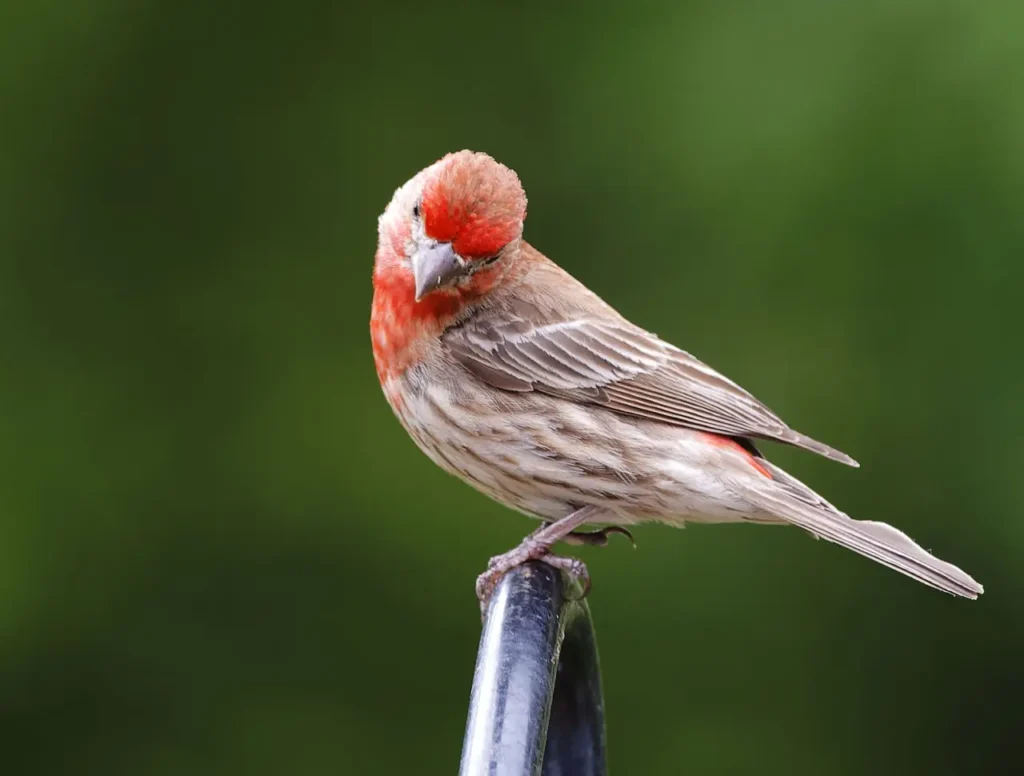
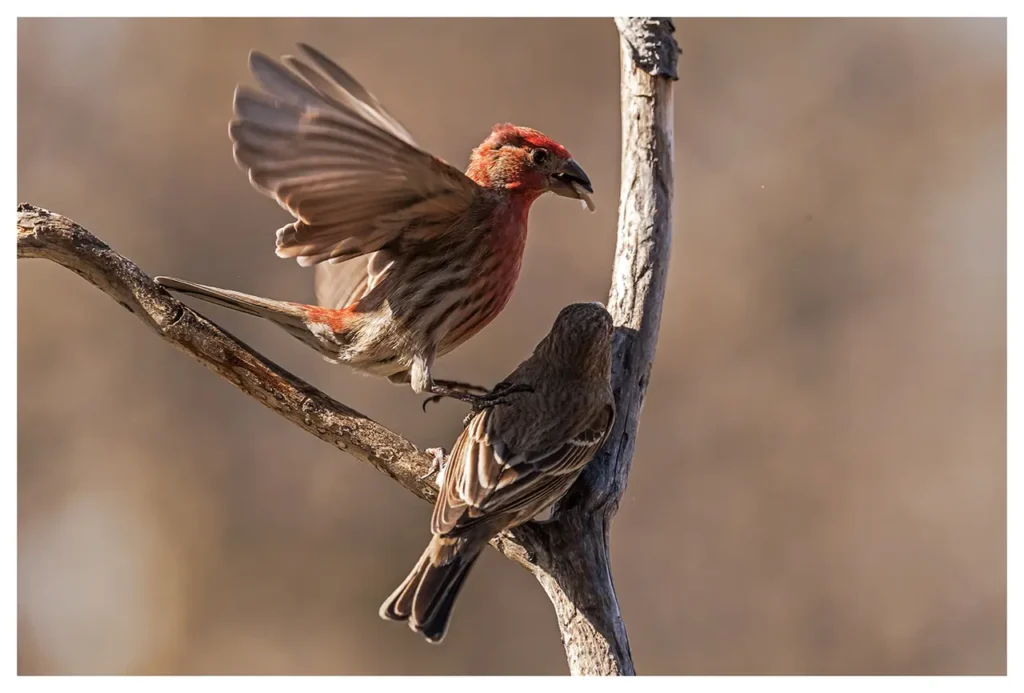
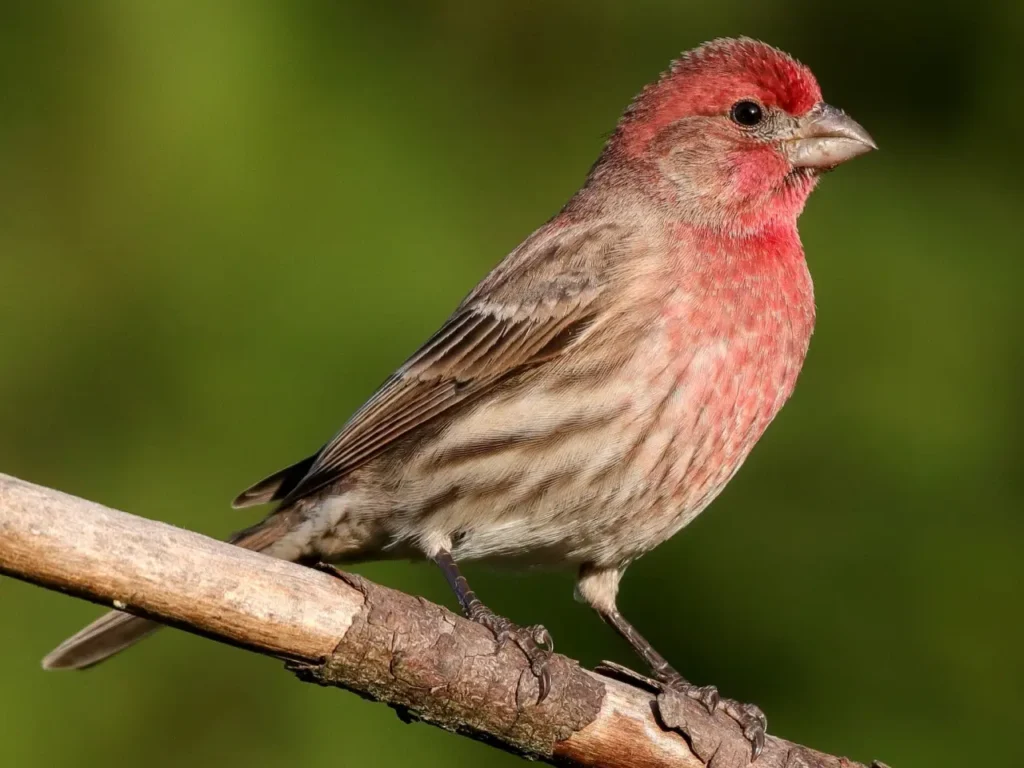
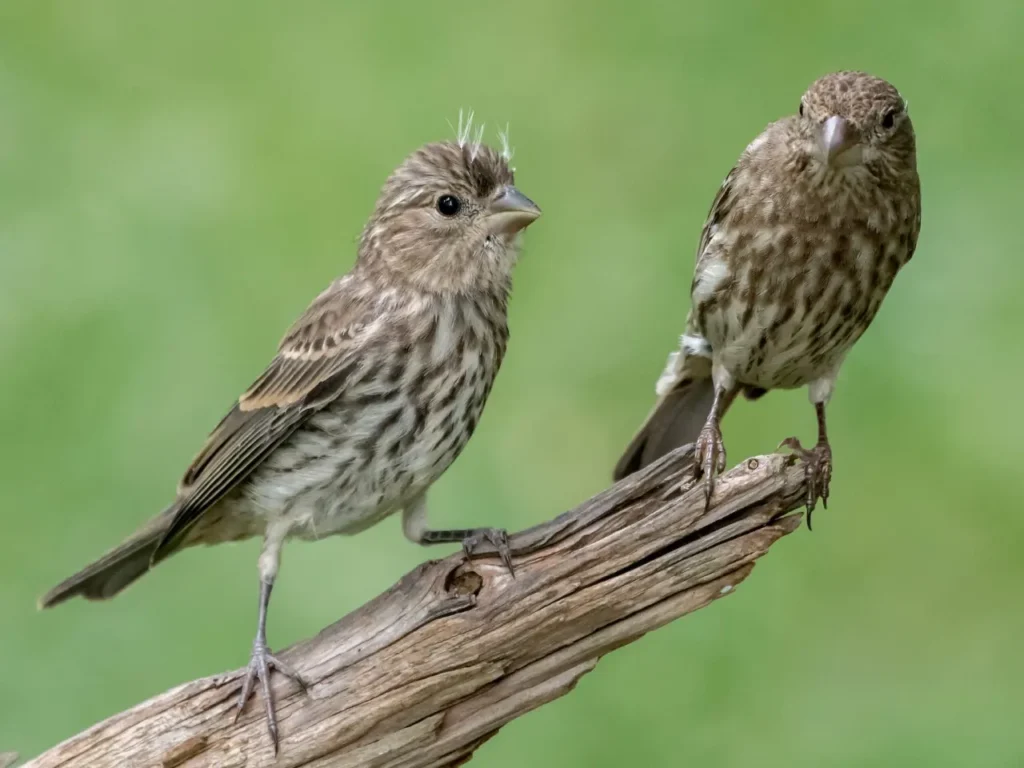
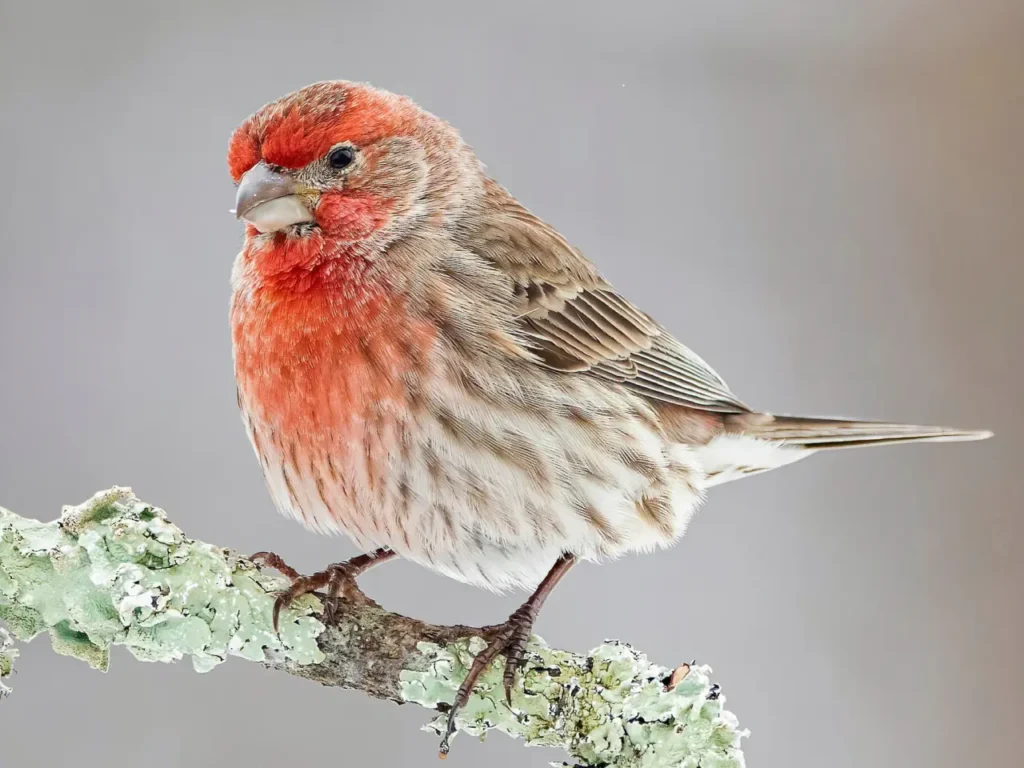
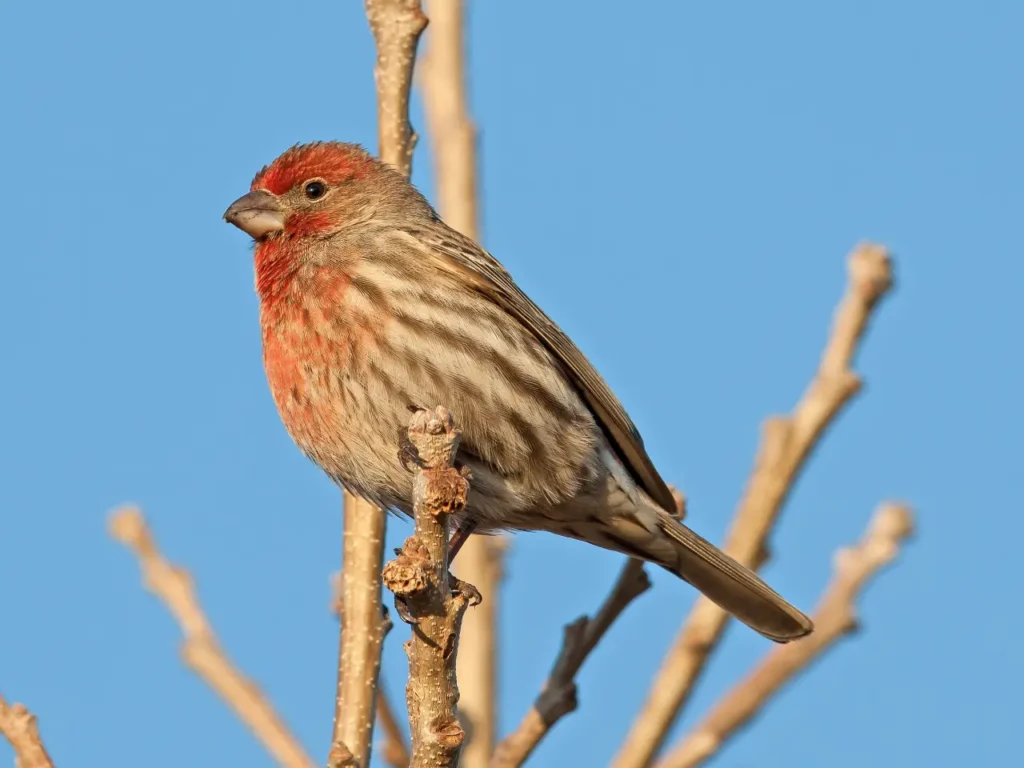
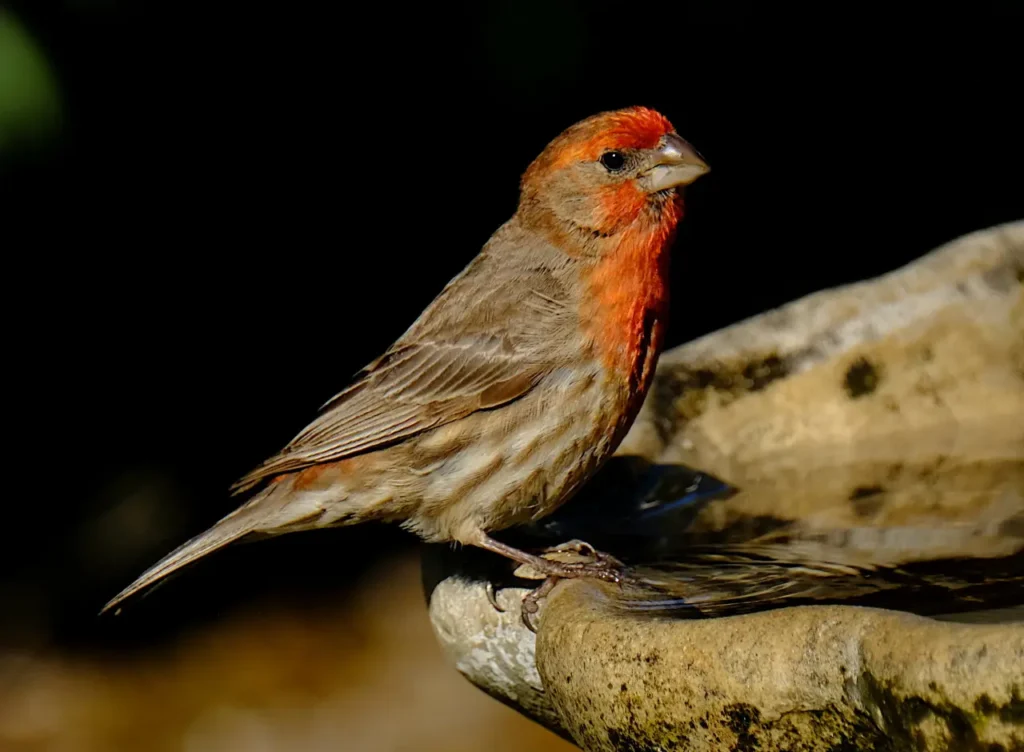
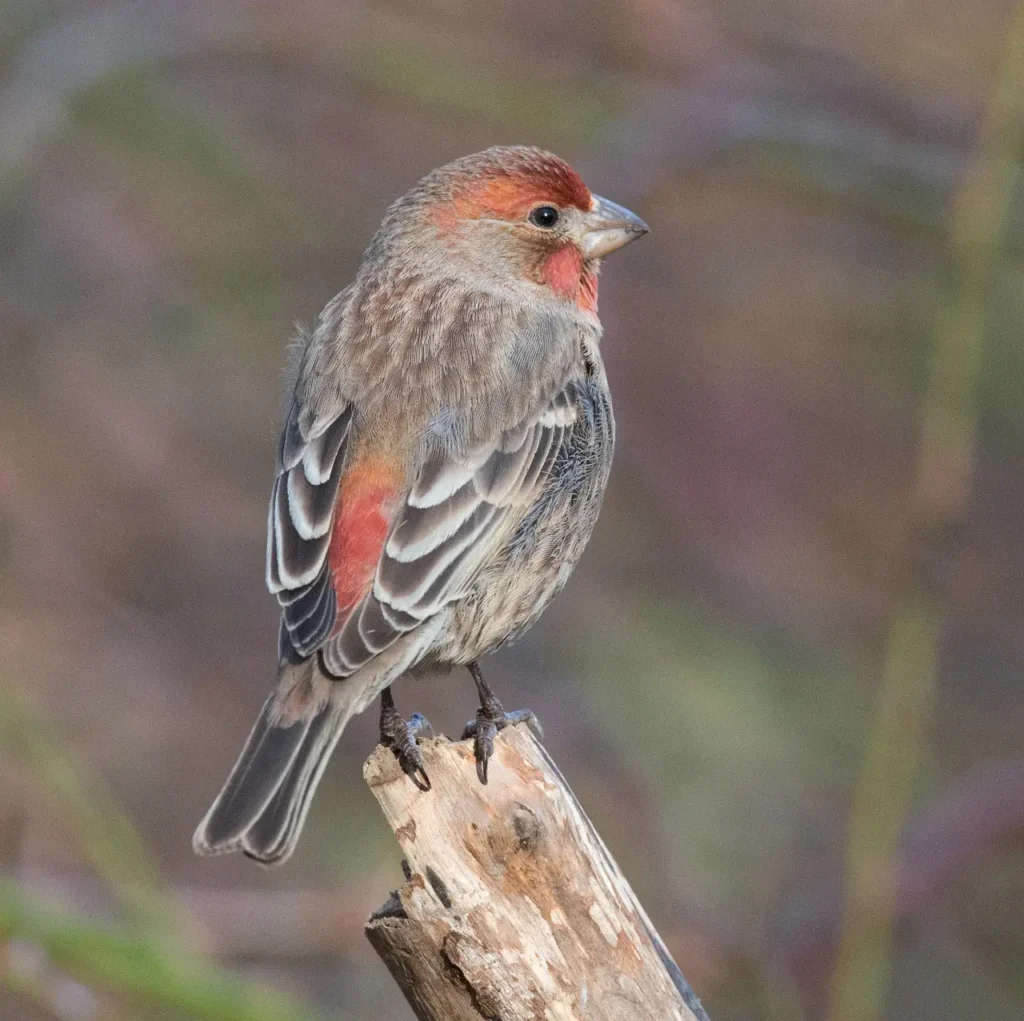
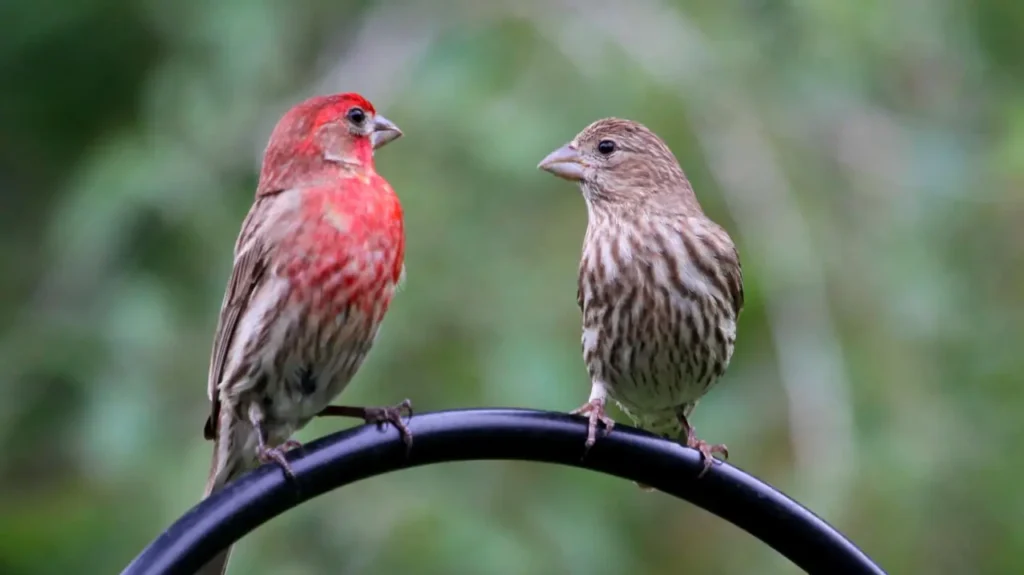
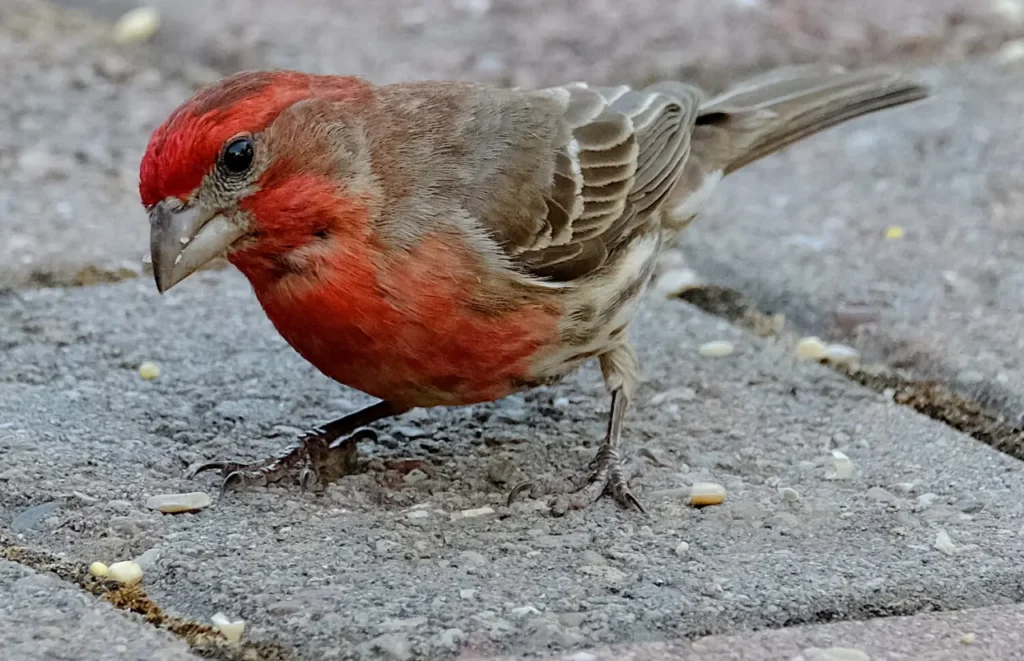
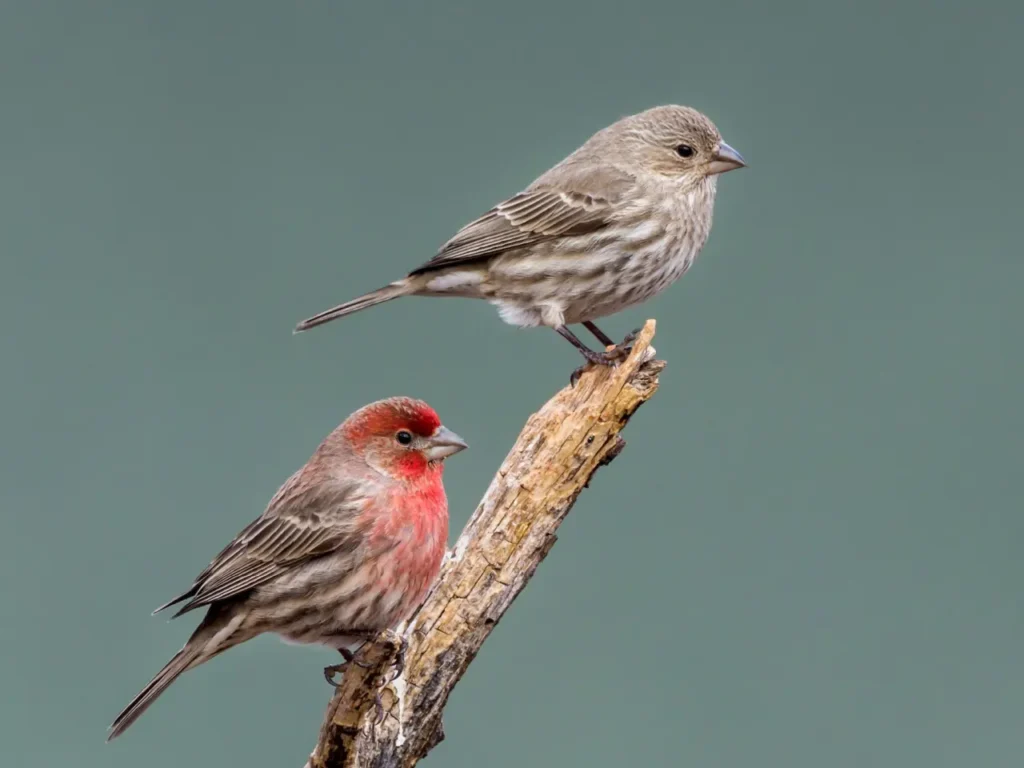
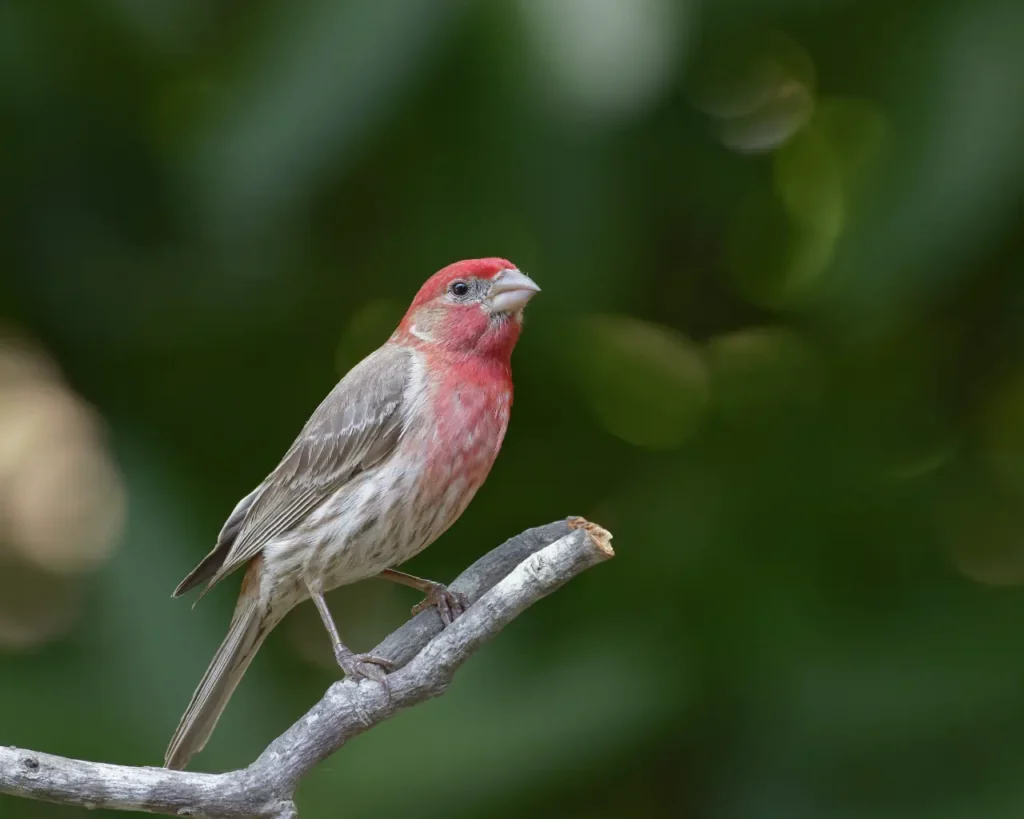
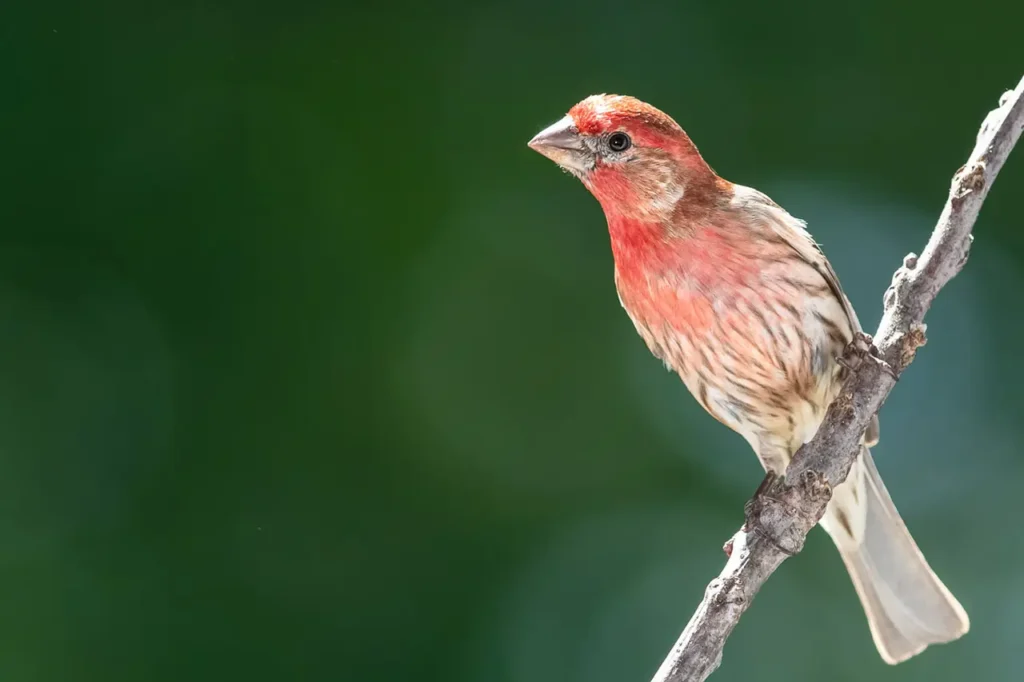
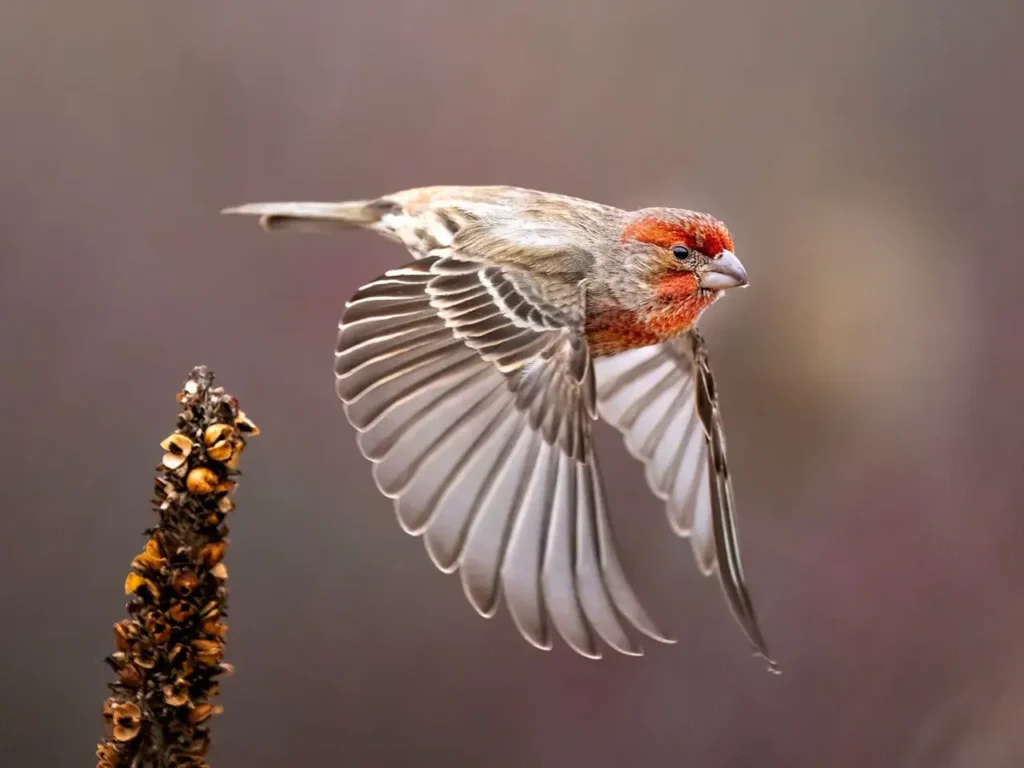
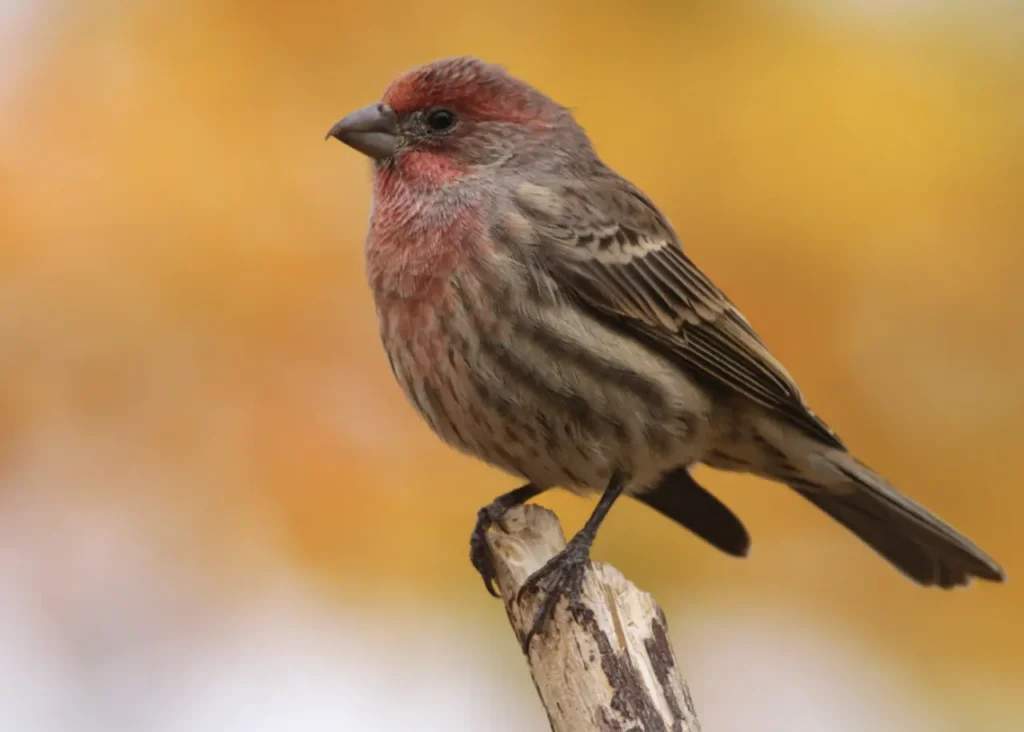
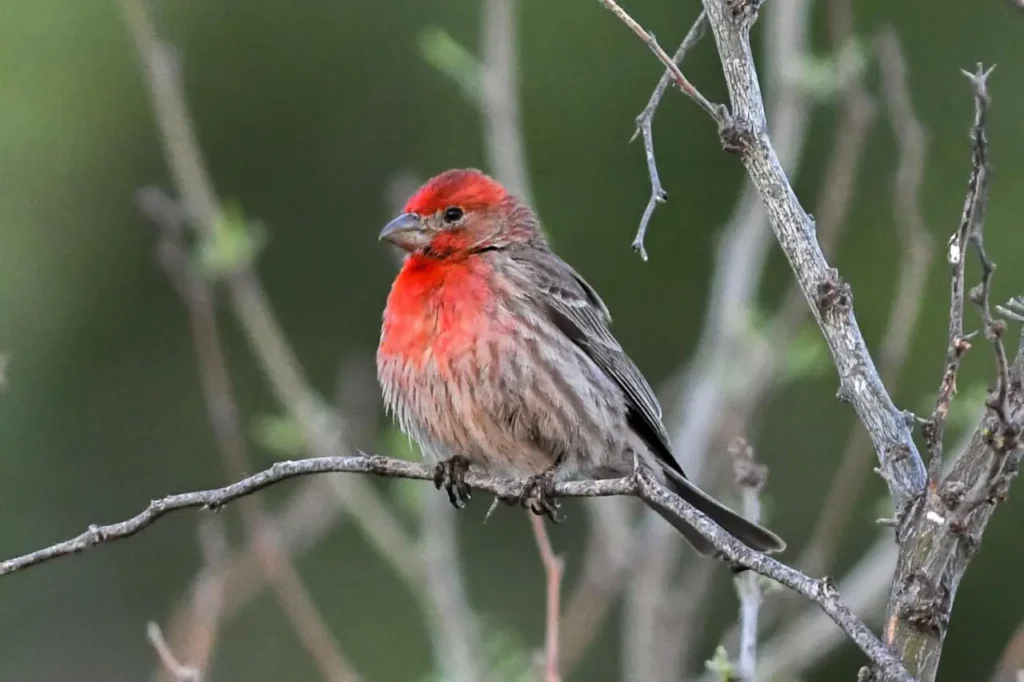
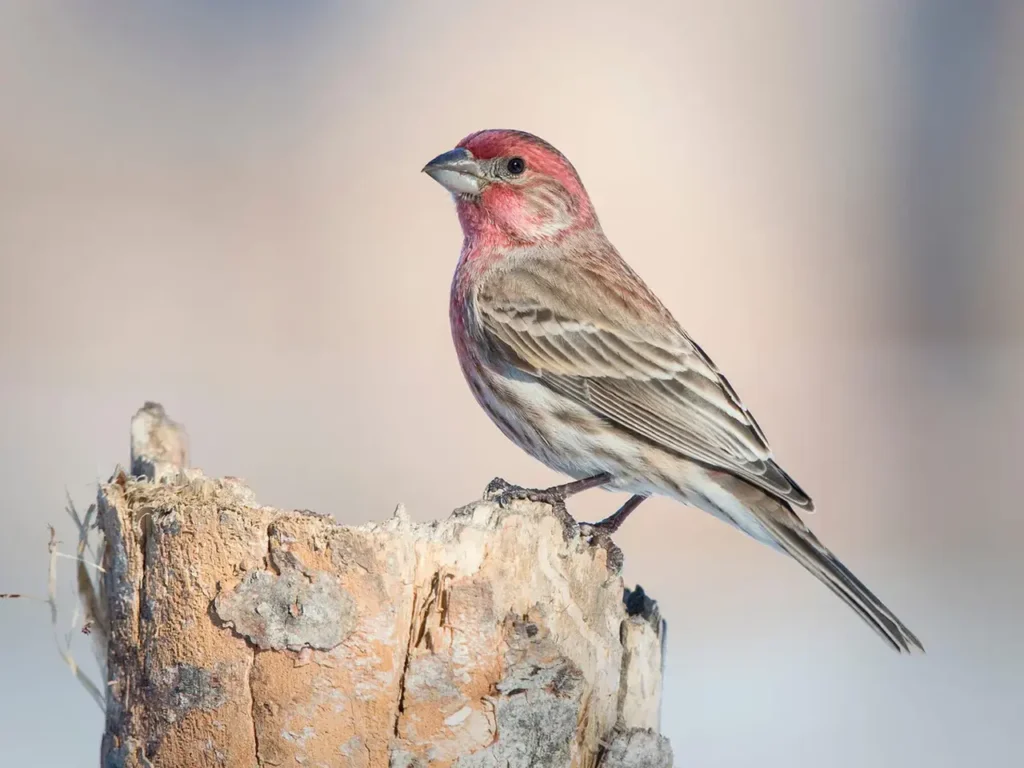
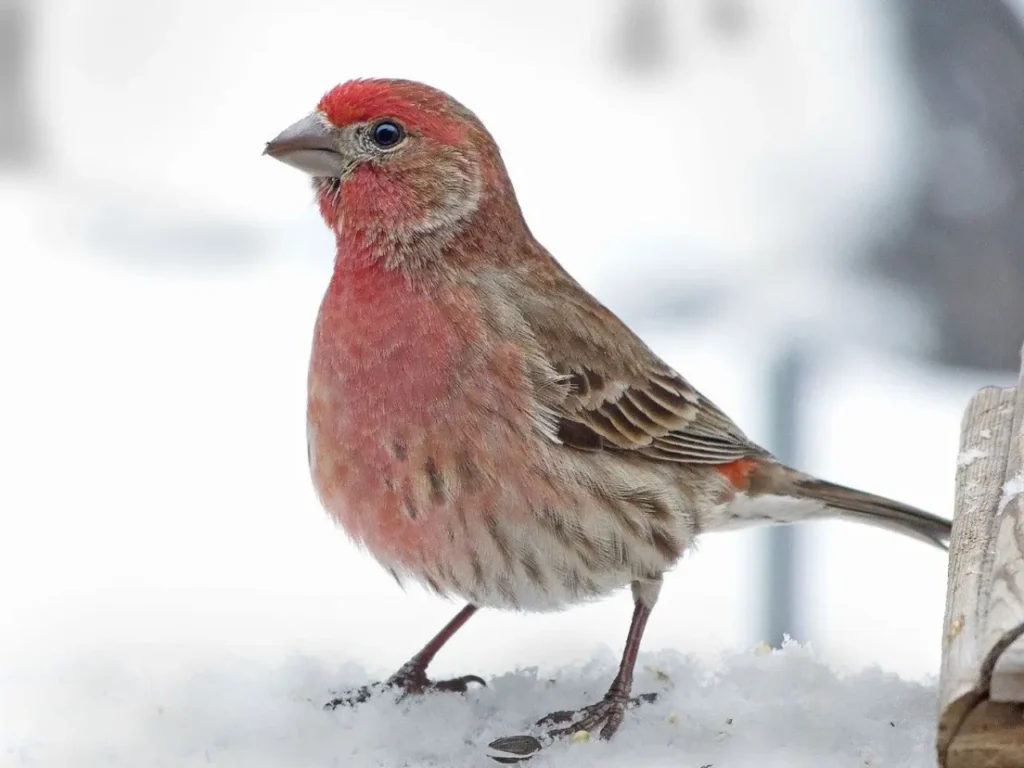
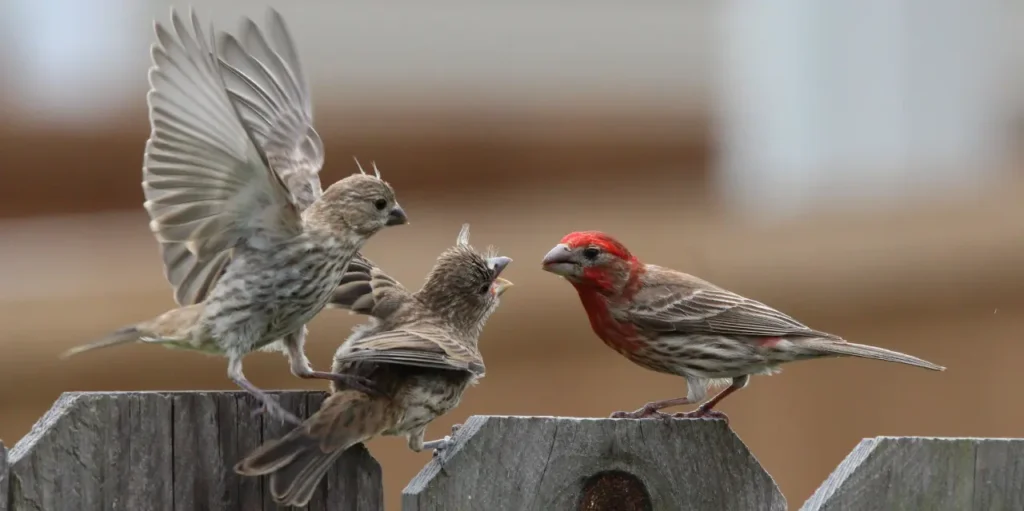
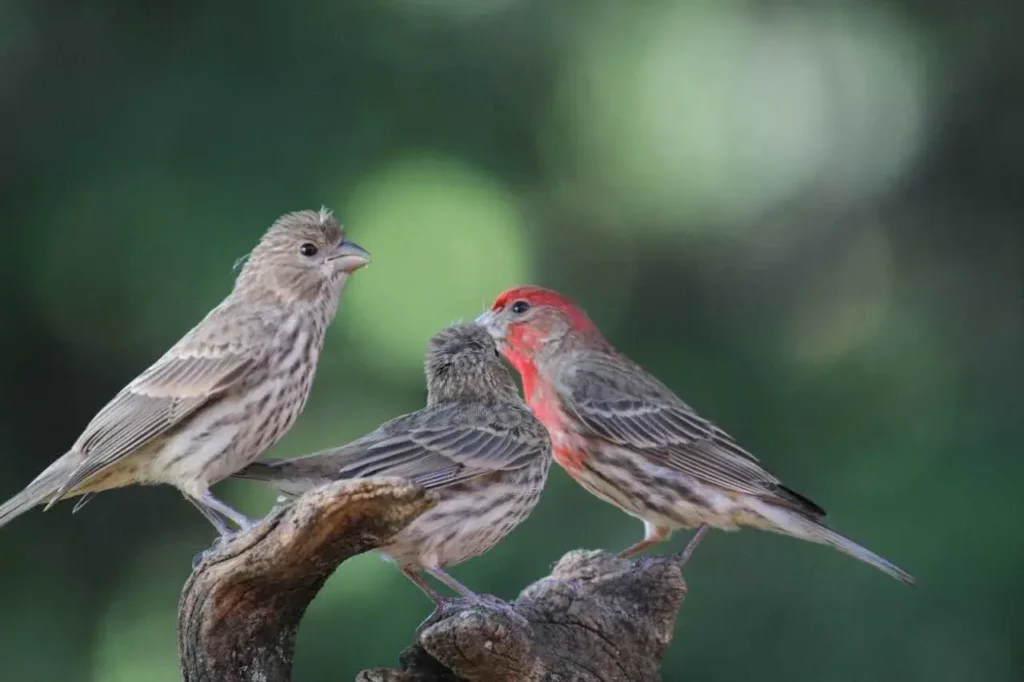
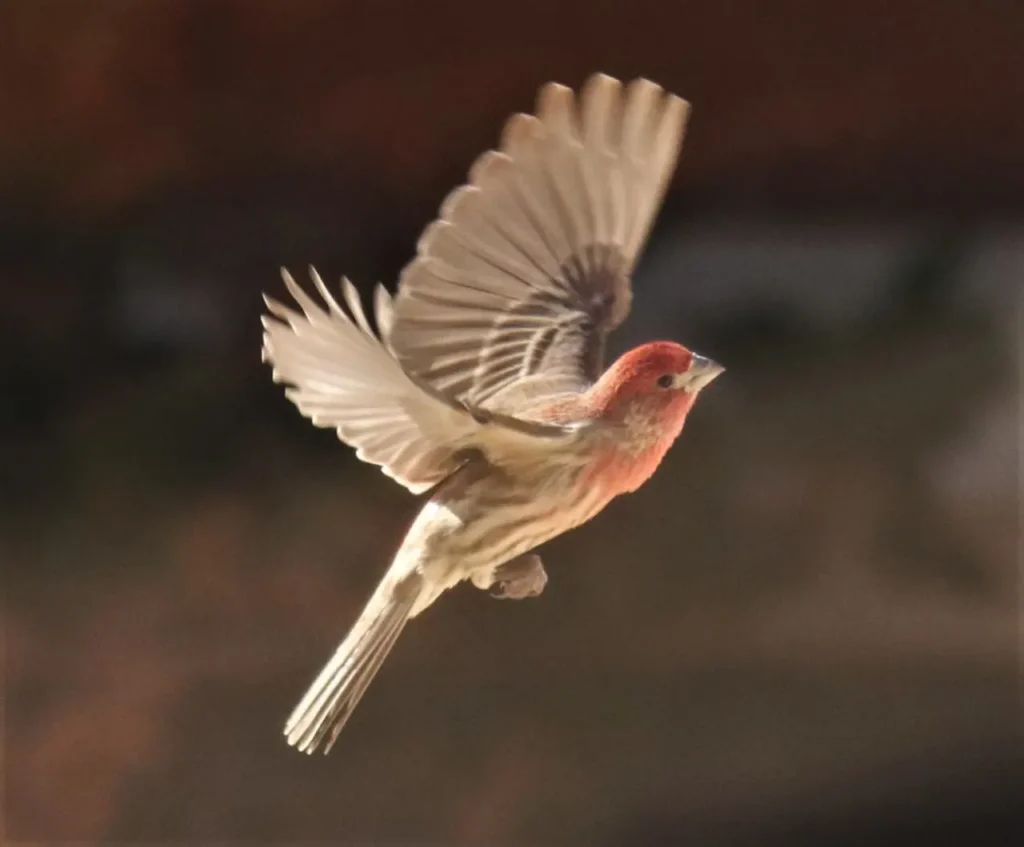
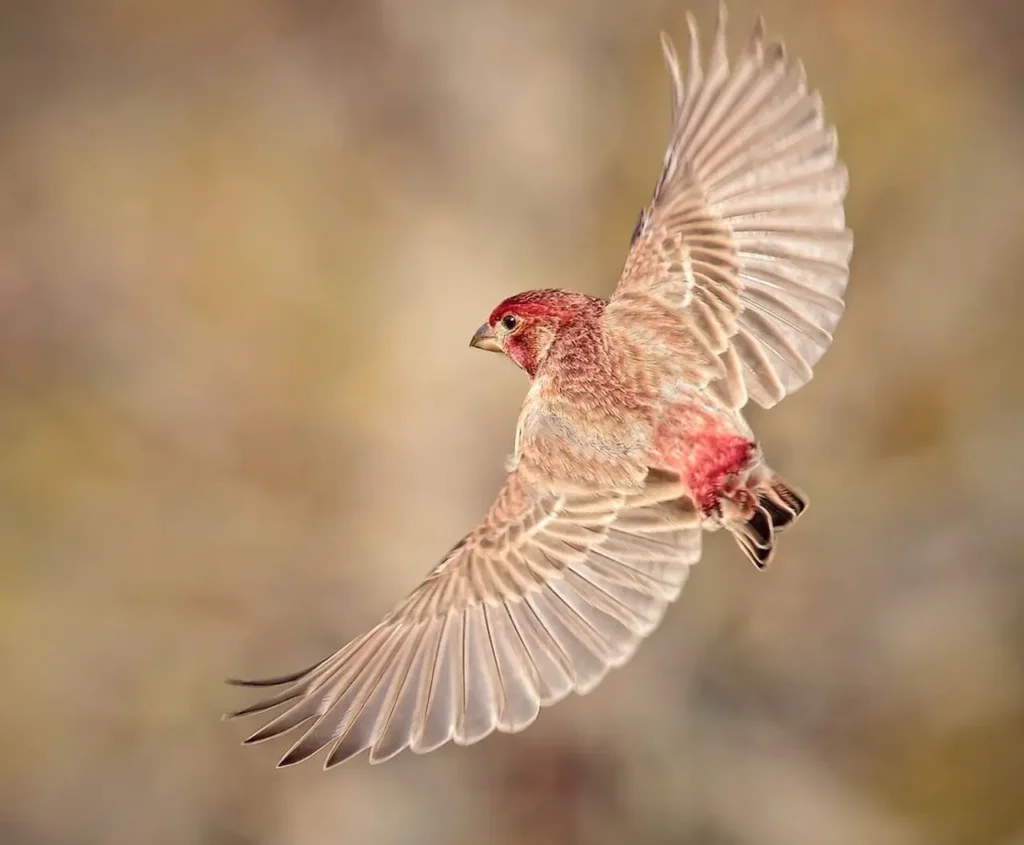
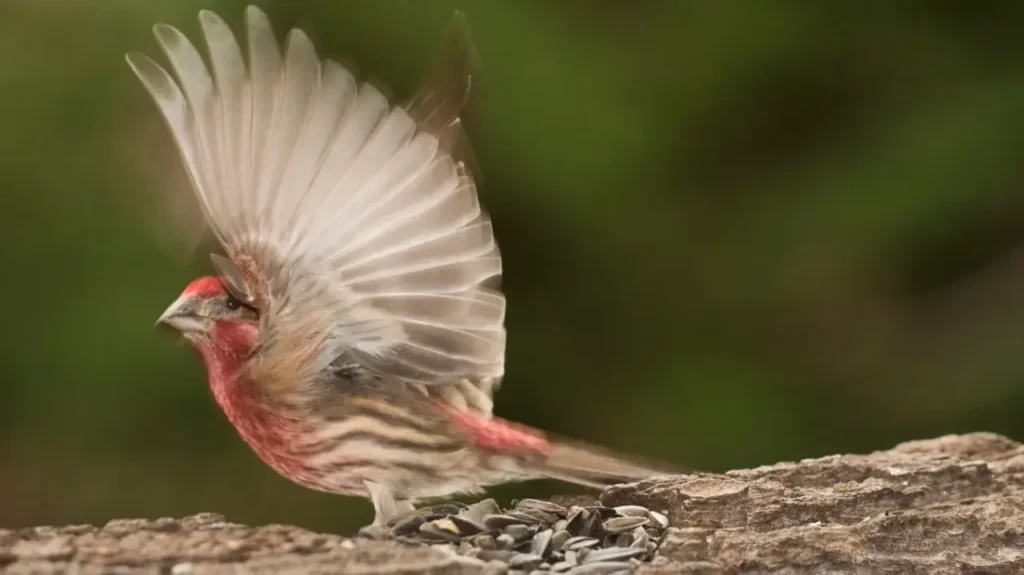
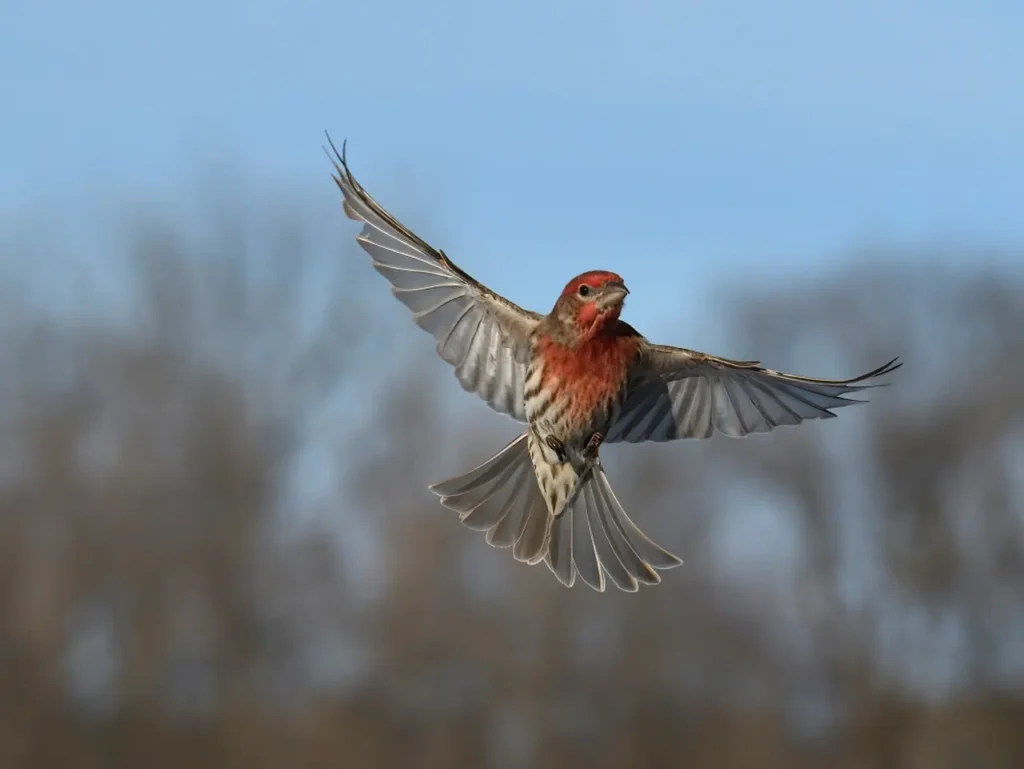
Appearance and Characteristics
The House Finch is a small passerine bird that belongs to the finch family, Fringillidae. One of its most striking features is its colorful plumage, which can vary widely in shades of red, orange, yellow, and brown. Male House Finches often display more vivid and vibrant colors, while females exhibit more muted tones.
A distinguishing mark on male House Finches is the red or orange coloration on their head, throat, and chest. However, it’s important to note that not all House Finches exhibit this coloration, as it can vary based on factors such as diet and genetics. Females and immature birds have streaked brown plumage that provides effective camouflage.
Habitat and Range
House Finches are highly adaptable birds that can be found across North America, from Canada to Mexico. While they are native to the western parts of the continent, they have expanded their range significantly due to human activities and the availability of suitable habitats. They thrive in diverse environments, including urban areas, suburban neighborhoods, open fields, and grasslands.
Behaviors and Diet
House Finches are known for their melodious songs, which can be heard in various habitats, especially during the breeding season. Male House Finches sing to attract females and establish territories. Their songs are a medley of warbles, trills, and musical phrases, and each male has its own unique variation.
In terms of diet, House Finches are primarily seed-eaters. They feed on a variety of seeds, including those from flowers, grasses, and weeds. They are also known to feed on fruits and insects when available. Their ability to utilize backyard bird feeders has contributed to their success in urban and suburban environments.
Conservation and Cultural Significance
House Finches are not considered threatened and are even classified as an introduced species in some regions. Their adaptability to human-altered landscapes and their role as backyard visitors have endeared them to people of all ages. Observing their colorful plumage and listening to their cheerful songs has become a cherished pastime for birdwatchers and those who appreciate the avian world.
The House Finch, with its vibrant colors, melodious songs, and adaptability, stands as a symbol of the harmonious coexistence between humans and nature. Its presence in urban areas serves as a reminder of the beauty and resilience of wildlife in even the most built-up environments. By welcoming House Finches into our lives and providing them with food and shelter, we create a connection to the natural world and foster an appreciation for the feathered wonders that share our surroundings.








